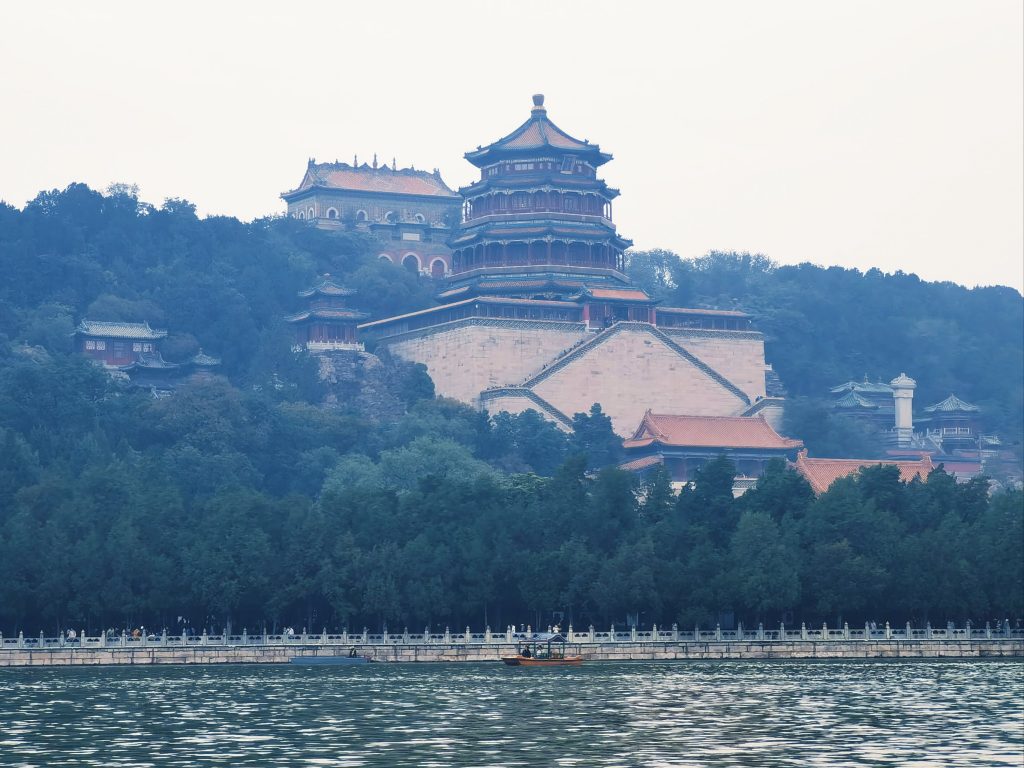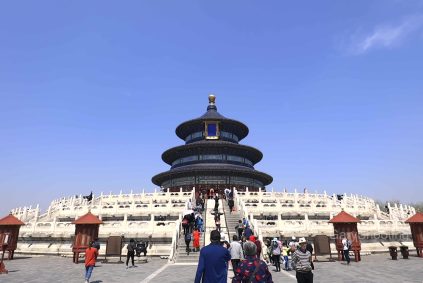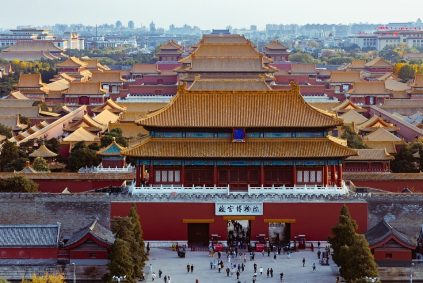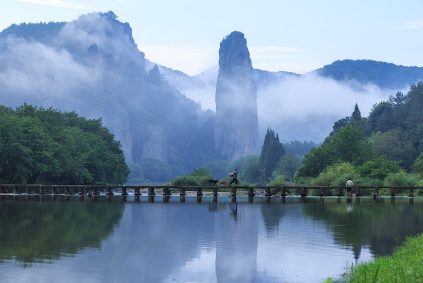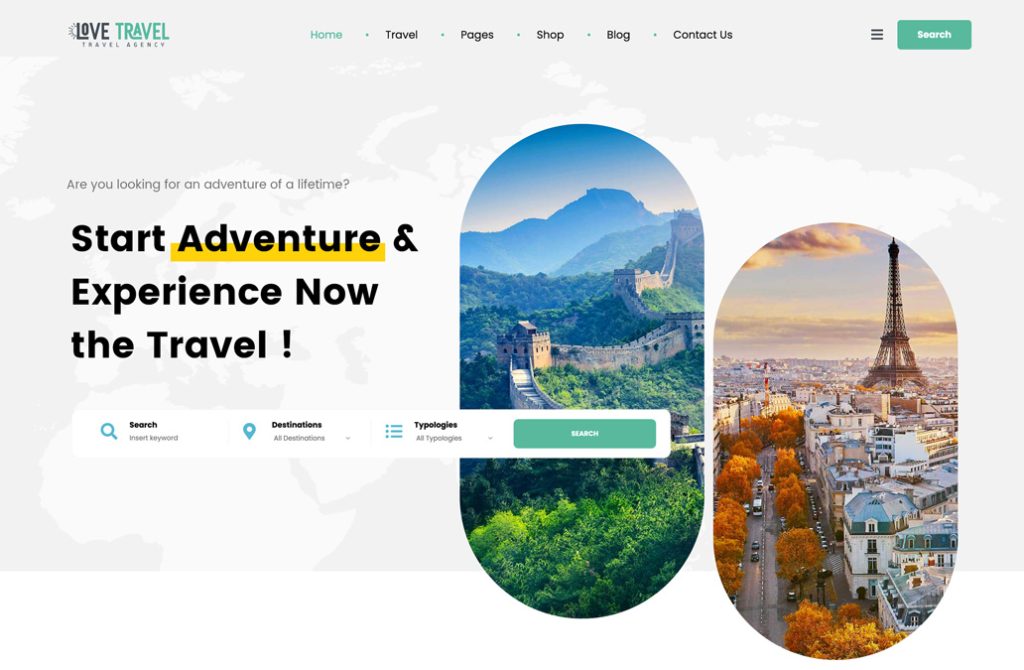Понимание платы за парковку в туристических достопримечательностях Пекина: Ключевые факторы и рекомендации
Навигация по парковке на популярных туристических объектах Пекина требует знания различных структур сборов, зависящих от местоположения., требовать, и тип объекта. В отличие от стандартных тарифов, стоимость парковки у таких достопримечательностей, как Запретный город, Храм Неба, Участки Великой стены или Великой стены различаются в зависимости от близости к центрам городов., пиковые сезоны, и доступные удобства. Вот разбивка важнейших элементов, влияющих на стоимость парковки в живописных местах Пекина., помогая посетителям эффективно планировать.
Уровни ценообразования в зависимости от местоположения
Плата за парковку у достопримечательностей Пекина часто зависит от их географического положения.. Центральные районы, такие как Дунчэн или Сичэн., дом таких достопримечательностей, как площадь Тяньаньмэнь, обычно взимают более высокие ставки из-за ограниченного пространства и большого трафика посетителей.. Пригородные или отдаленные достопримечательности, включая участки Великой стены, такие как Мутяньюй или Цзиньшаньлин., может предлагать более низкие комиссии, но требует более длительной поездки. Некоторые объекты рядом с транзитными узлами или крупными дорогами динамически корректируют цены., при этом ставки повышаются в выходные или праздничные дни, когда спрос достигает пика. Посетителям следует выяснить, есть ли на аттракционе несколько парковочных зон. (например, возле входов по сравнению с пунктами посадки шаттла), поскольку комиссии могут различаться даже на одном сайте. Кроме того, парковки, управляемые частными операторами и муниципальными властями, могут использовать разные модели ценообразования., отражающие различия в инвестициях в техническое обслуживание или безопасность.
Чувствительные ко времени сборы и ограничения по продолжительности
Большинство достопримечательностей рассчитывают плату за парковку в зависимости от времени входа и выхода., с почасовой надбавкой или фиксированной ставкой при краткосрочном пребывании. Расширенная парковка, например, занятия на полдня или на целый день, часто имеет право на льготные совокупные расходы, хотя максимальные ограничения пребывания могут применяться для предотвращения длительного проживания. Например, сайт может взимать почасовую плату за первые четыре часа, затем переключитесь на дневное ограничение на более длительный срок. Ночная парковка редко разрешена на туристических объектах., с транспортными средствами, которые должны покинуть стоянку до закрытия, иначе им грозят дополнительные штрафы.. Некоторые достопримечательности вводят многоуровневые цены во время специальных мероприятий., выставки, или фестивали, удвоение или утроение стандартных ставок для управления толпой. Путешественникам, планирующим однодневные поездки, следует оценить продолжительность своего визита, чтобы избежать непредвиденных расходов из-за превышения выделенного времени..
Рекомендации по типу и размеру транспортного средства
Плата за парковку часто классифицирует транспортные средства по размеру., с большими машинами, внедорожники, или автобусы, за которые взимается более высокая плата, чем за компактные седаны или мотоциклы.. Это различие объясняет занятость пространства., поскольку более крупные транспортные средства уменьшают общую вместимость участка. Достопримечательности с узкими подъездными дорогами или компактными парковочными местами., например, в районах, прилегающих к хутуну, могут отдавать приоритет транспортным средствам меньшего размера или вводить более строгие ограничения на размер. Электрические или гибридные транспортные средства иногда получают выгоду от сниженных сборов или выделенных парковочных зон., отражающие местные инициативы в области устойчивого развития, хотя это зависит от сайта. Посетители, путешествующие на негабаритных транспортных средствах, как кемперы или прицепы, следует заранее подтвердить совместимость с парковочными местами, поскольку на некоторых участках отсутствует инфраструктура для их безопасного размещения.
Сезонные и выходные надбавки
Колебания спроса существенно влияют на стоимость парковки в достопримечательностях Пекина. В пик туристического сезона (например, весенние фестивали, Праздники Национального дня) или местные школьные каникулы, сборы могут вырасти, чтобы предотвратить перенаселенность и сбалансировать предложение. По выходным часто происходят подобные изменения., особенно в местах для семейного отдыха, таких как Пекинский зоопарк или Летний дворец., где посетителей в выходные дни больше, чем людей в будние дни. Наоборот, в непиковые периоды или в будние дни могут предлагаться более низкие цены или рекламные скидки для привлечения посетителей.. На некоторые достопримечательности вводятся цены «раннего бронирования»., вознаграждение транспортных средств, прибывших до определенного времени, со сниженной комиссией, в то время как опозданиям грозит дополнительная плата. Мониторинг сезонных календарей и отказ от праздников могут помочь путешественникам минимизировать расходы на парковку..
Дополнительные услуги и сборы, связанные с объектом
Помимо обычной парковки, Достопримечательности могут взимать дополнительную плату за дополнительные услуги, такие как услуги парковщика., покрытые пятна, или близость к въездным воротам. Услуги парковщика, хоть и удобно, часто обходятся дороже, особенно на элитных или исторически значимых объектах. Крытые парковки, защита транспортных средств от солнца или дождя, обычно стоят дороже, чем альтернативы под открытым небом, отражающие затраты на содержание приютов. Некоторые достопримечательности сотрудничают с близлежащими коммерческими комплексами или отелями, предлагая общую парковку., с комиссией, согласованной между операторами. Посетители, пользующиеся этими участками за пределами территории, должны учитывать время трансфера или расстояние пешком до входа в аттракцион.. Кроме того, потерянные парковочные талоны или увеличенное время поиска (например, забыть, где припаркован автомобиль) может повлечь за собой административные сборы, поэтому желательно сохранять входные билеты.
Оценивая эти факторы, путешественники могут точно оценить стоимость парковки и выбрать варианты, соответствующие их бюджету и потребностям в удобстве.. Проверка официальных веб-сайтов достопримечательностей или предварительное обращение в центры для посетителей помогут уточнить текущие сборы., ограничения, и альтернативы, обеспечение более комфортного отдыха в знаковых местах Пекина.

